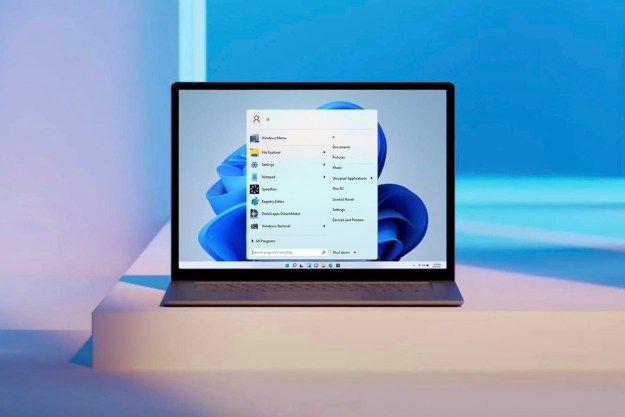Cortana assistance across the platform, Xbox One game streaming, a lightweight Internet Explorer replacement, free one-year Windows 10 upgrade program, and augmented reality tech. Could Microsoft have any more aces left up its sleeve after all those thrilling recent announcements?
As it turns out, yes. At least one. Office 2016. Don’t let the name fool you though, as it should hit general availability “in the second half of 2015.” The productivity suite’s preceding iteration, Office 2013, similarly saw daylight in October 2012, albeit the transition from RTM (release to manufacturing) to general availability took another three months.
Before it, the 2010 version rolled out in final retail form in June 2010, and Office 2007 three and a half years earlier. Clearly, Redmond is rallying and looking to shrink the typical upgrade timeframe to roughly 30 months.
But that’s not to say Office 2016 isn’t a big deal. Julia White, Microsoft’s Office Product Management team general manager, vaguely hints at “compelling new experiences coming as part of this Office suite.” On the whole, the software package will remain “familiar” and “best suited for a PC with keyboard and mouse.”
Vague? That’s an outright opaque description. But at least the moniker is official, and so is Office for Windows 10, its universal touch-optimized sibling. This was even quickly showcased at Microsoft’s keynote earlier this week, and will head out to Window 10’s Technical Preview “in the coming weeks” before hitting general availability “later this year.”
Microsoft showed preview screenshots to sample Word, Excel, PowerPoint, OneNote, Outlook Mail and Outlook Calendar for Windows 10. These highlight the consistent, multi-platform vibe Redmond’s going for, as gaps and aesthetic differences between the Office experience for phones, tablets and PCs become nonexistent.
Oh, and phones and small tablets running Windows 10 out the box will include all the Office apps pre-installed for no charge.
Editors' Recommendations
- 7 beloved Windows apps that Microsoft has killed over the years
- Copilot’s most exciting Office features will cost $20 a month
- Microsoft is removing a Windows app that’s almost 30 years old
- Use Office? Your PC could be at risk due to this Microsoft change
- Microsoft seems to be pushing developers away from UWP Windows apps


